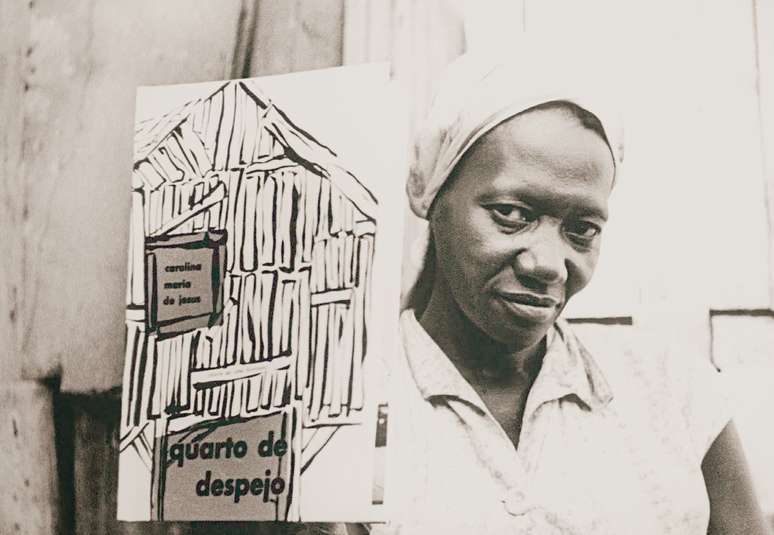Graphic and audio-visual content explains why the date marking the 135th anniversary of the end of slavery in Brazil is not “commemorative”
This Saturday (13) is the 135th anniversary of the signing of the Lei Áurea, which decreed the end of slavery in Brazil. However, the date is treated as a day of denunciation and not of celebration, as is Black Consciousness Day, November 20th.
The reason is the abandonment situation that the freed blacks found after the abolition in 1888. The former slaves were practically expelled from the most central regions of the cities, migrating to more remote areas and giving life to what we know today as the suburbs.
More than 100 years later, the theme of slavery and abolition is still present in books and films and serves as the inspiration for songs by various peripheral artists.
Tick below six contents that denounce and help to understand why the end of slavery has not, in fact, reflected on the freedom and improvement of the life of the black population in Brazil.
-1h7j5r1pwrb5d.jpg)
1) Murderer: AmarElo – It’s all for yesterday
Launched in 2020 by rapper Emicida, born in Jardim Fontalis, in northern São Paulo, the documentary available on the Netflix streaming service traces a timeline of black influence on the formation of Brazil in the 20th century, especially in culture.
The starting point of this story is precisely the end of slavery and the cancellation policies of the first “suburbs” of the city of São Paulo: the neighborhoods of Liberdade and Bixiga, today linked respectively to Japanese and Italian immigration.
2) Rincon Sapiência – Barbaric crime
In the song “Crime Bárbaro”, from 2017, the rapper Rincon Sapiência, from Cohab 1 in Itaquera, in the east zone, recounts firsthand the escape of the fictitious character Galanga, a black slave who had killed the owner of the plantation for which he worked.
The music video, which was released on May 13th, blends the narrative of the colonial era with a police chase in present times.
3) Cum
A book by cartoonist Marcelo D’Salete, from São Mateus, in east São Paulo, “Cumbe” tells the resistance against slavery from the point of view of the slaves themselves. D’Salete is also responsible for the graphic novel “Angola Janga”, which tells of life in Quilombo dos Palmares, where Zumbi lived.
4) Eviction room
Written 70 years after the end of slavery, Carolina de Jesus (1914-1977) reserves a few lines on May 13 in her “Diário de uma Favelada”. The author begins by sharing how understanding she is about the date and how she wants white people to be enlightened by God “so that black people can be happy.”
She then recounts how the rain prevented her from going to collect the card and from getting the money to feed her children: “And so, on May 13, 1958, I fought against the current slavery, that of hunger”.
The writer was born in the city of Sacramento, in Minas Gerais, spent part of her life in the Favela do Canindé, in the north of São Paulo, and moved to the Parelheiros neighborhood, in the extreme south, in 1969, where she lived until the age of 62. .
5) Doctor Gamma
Directed by São Paulo director Jeferson De, “Doutor Gama” tells the story of Luiz Gama, a black lawyer and abolitionist who managed to free more than 500 slaves. In the film, Gama is played by the actor César Mello, from Carapicuíba, in Greater São Paulo. Released in 2021, the film is in the Globoplay streaming catalog.
6) Talk directly
Finally, a round of conversation that will take place this Saturday at the Favelas Museum. Singer and influencer Tinna Rios, born in the Pirituba region of northwest São Paulo, will present other perspectives on the abolition of slavery and how it intertwines with the stories of black women in Brazil today.
The event starts at 15:00 and the museum is located on Rua Guaianases, number 1024, in downtown São Paulo. Admission is free.
Source: Terra
Rose James is a Gossipify movie and series reviewer known for her in-depth analysis and unique perspective on the latest releases. With a background in film studies, she provides engaging and informative reviews, and keeps readers up to date with industry trends and emerging talents.







